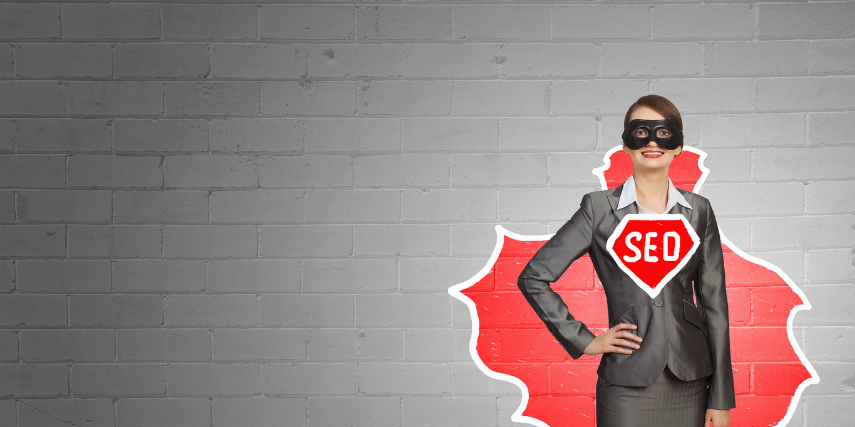In the complex and confusing world of search engine optimization (SEO), one stable guideline has always been that visual content boosts ranking results. It makes sense: text-heavy sites are less dynamic.
But what if your images are not doing a good job of improving your SEO? Imagine you hired a receptionist to greet callers in a friendly manner, but that’s exactly where your receptionist stopped. The phone gets answered, the caller is greeted and then the receptionist promptly hangs up on them. The receptionist is doing what they were hired to do but completely missing the point.
That’s sort of what’s happening when you implement visual content but you don’t take the important next step of using SEO best practices. Here are a few ways to improve your SEO with your images:
Choose a Format that Fits Your Priorities: There are many different image formats, but PNG and JPEG are most commonly used online. PNG will give you the best quality, but you’ll have a larger file size. With JPEG, you lose a little image quality, but you can adjust to find the right balance for your needs.
Compress Visual Content: A search engine will crawl right past your website with a heavy image loaded. Use PhotoShop or TinyPNG to do compression tasks and keep your webpage from getting overloaded with heavy images. You can even improve your load speed by 33% with compression.
Don’t Rely Solely on Stock Images: You recognize stock images when you see them, and search engines do, too. You’ll probably use them occasionally for social media, but on your website invest in unique, professional images.
Pay Attention to Copyright Issues: If you do use stock images or other images that are not your property, watch for copyright information. You could be sued for using an image that doesn’t belong to you.
Create Unique Image File Names: Your image file name is an ideal place to use a keyword. It boosts your SEO by alerting crawlers to the topic on your webpage.
Don’t Skip the Alt Text: The image alt text is what appears in its place if your image doesn’t load correctly. It gives viewers an idea of what they should be seeing, but more importantly, it associates your images with keywords, which search engines prefer in their ranking algorithms.
Choose a Set of Dimensions: Follow SEO best practices by using defined dimensions for your images in your source code. This stops the page from jumping during the loading process, but it also just gives your users a better experience.
Do your images align with SEO best practices? If all things SEO feel a bit overwhelming, you’re not alone. The algorithms change often and it’s a complex topic. Contact us at SJC Marketing for assistance in getting your images and your overall site in line with SEO guidelines.


